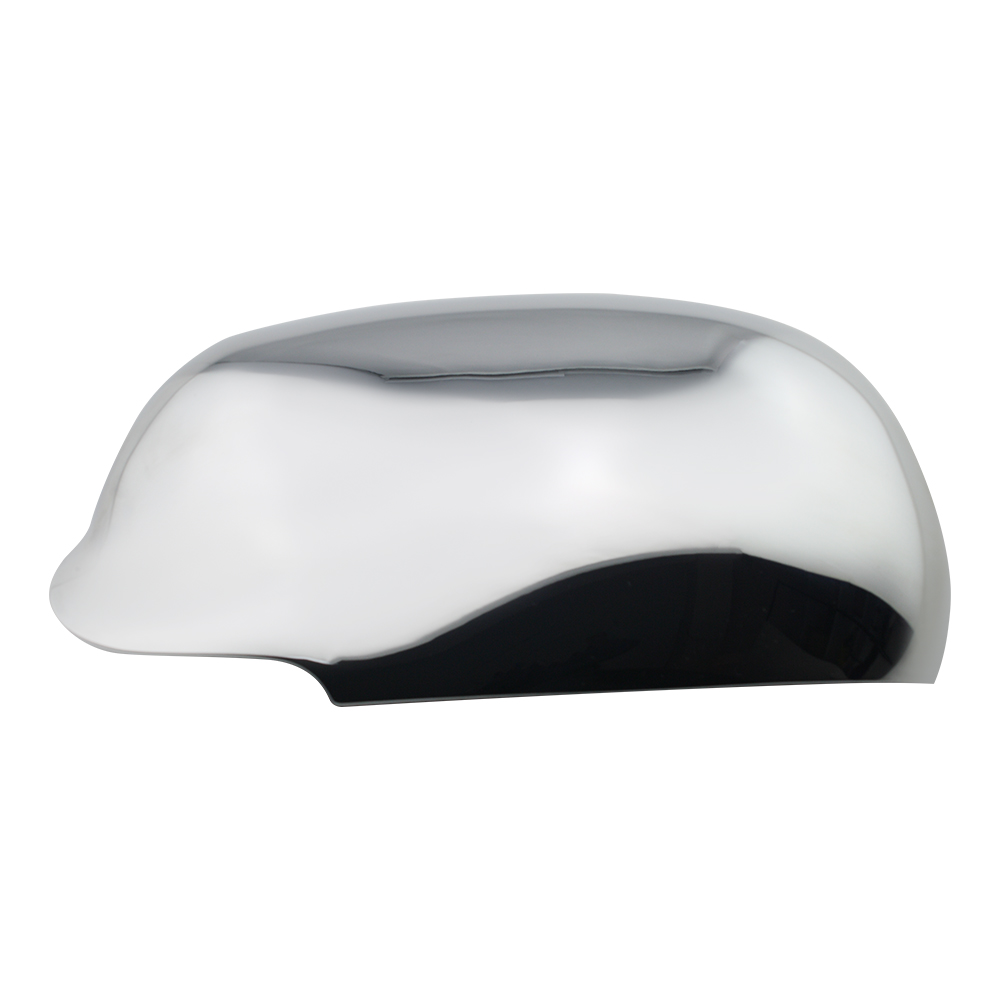High Quality car handle replacement, car handle replacement Exporter, car handle replacement in China
In the world of automotive design, every detail matters. One often underestimated yet crucial aspect is the car handle. As design enthusiasts, we understand that the handle is not just a functional component; it's a tactile connection between the driver and the vehicle. In this exploration, we delve into the art of car handle replacement, considering both the aesthetic and functional dimensions that designers can leverage to redefine the user experience.
The Essence of Car Handles:
Car handles, though seemingly mundane, are the first point of physical contact between the driver and the vehicle. Their design sets the tone for the overall aesthetic and reflects the manufacturer's commitment to both form and function. When the time comes for replacement, it's not just about fixing a mechanism; it's an opportunity to elevate the design and enhance the user's interaction with the car.
Diagnosing the Need for Replacement:
Before embarking on a replacement journey, designers must understand the reasons behind the need for a new car handle. Whether it's due to wear and tear, a design flaw, or a desire for an aesthetic upgrade, a thorough diagnosis lays the foundation for a purposeful and effective replacement.
Material Selection: Beyond Durability
One of the critical aspects of car handle replacement is the choice of materials. While durability is a given, designers must consider materials that not only withstand the rigors of daily use but also contribute to the overall visual appeal. From sleek metals to high-quality plastics, the material should harmonize with the car's design language.
Aesthetics and Brand Identity:
Car handles are not mere functional elements; they are design statements. When replacing handles, designers can take the opportunity to infuse elements that align with the overall brand identity. From signature shapes to emblematic detailing, the replacement becomes a canvas for expressing the essence of the car manufacturer.
Ergonomics: Balancing Comfort and Style
A well-designed replacement handle should not only be visually appealing but also ergonomic. Considering the user's comfort during operation is paramount. The handle's shape, size, and placement should be intuitive, ensuring a seamless interaction that marries both style and functionality.
Seamless Integration with Vehicle Architecture:
A successful car handle replacement seamlessly integrates into the vehicle's architecture. The new handle should not feel like an add-on but a natural extension of the car's design. Paying attention to lines, curves, and overall aesthetics ensures a cohesive and visually pleasing result.
User-Centric Design:
Understanding the end-user is at the heart of good design. Whether it's a sports car enthusiast or a family sedan driver, the replacement handle should cater to the specific needs and preferences of the target audience. User-centric design ensures that the handle is not just a part of the car but an extension of the driver's individuality.
Technological Integration:
The modern automotive landscape is marked by technological advancements. Designers can explore integrating smart technologies into replacement handles. From touch-sensitive surfaces to biometric authentication, these technological enhancements not only serve a functional purpose but also contribute to the overall futuristic appeal of the vehicle.
DIY-Friendly Designs:
Acknowledging the rise of do-it-yourself enthusiasts in the automotive community, designers can create replacement handles with easy installation in mind. DIY-friendly designs empower car owners to take an active role in the replacement process, fostering a sense of connection and pride in their vehicles.
Sustainable Design Practices:
Sustainability is an increasingly important consideration in design. Designers can opt for materials and manufacturing processes that align with eco-friendly practices. Creating handles that are not only durable but also environmentally responsible reflects a commitment to a greener automotive future.
Personalization Options:
Car owners often see their vehicles as extensions of themselves. Replacement handles offer a perfect opportunity for personalization. Whether it's a choice of color, finish, or even customizable elements, providing options for personalization ensures that each car becomes a unique expression of its owner's style.
Quality Assurance and Testing:
Before a replacement handle hits the market, rigorous testing is essential. Designers must ensure that the new handle meets quality standards for durability, ergonomics, and overall performance. Quality assurance guarantees that the replacement is not just a design showcase but a reliable and long-lasting component.
Enhancing Security Features:
Modern car handles can go beyond traditional functions by incorporating advanced security features. From keyless entry systems to integrated alarms, designers can contribute to the safety of the vehicle and its occupants.
Communicating the Replacement Experience:
Designers play a role in how the replacement experience is communicated to the end-user. Clear instructions, engaging packaging, and perhaps even design narratives that highlight the evolution of the handle contribute to an enriched consumer experience.
Conclusion: Designing Tomorrow's Car Handles
In conclusion, car handle replacement is not just a repair task; it's a design endeavor that holds the potential to redefine the relationship between the driver and the vehicle. From material selection to aesthetics, ergonomics, and technological integration, designers can shape handles that transcend functionality, becoming integral pieces of automotive art. With a focus on user-centric, sustainable, and technologically advanced solutions, the replacement handle becomes a symbol of innovation and a testament to the ever-evolving nature of automotive design. As we look to the future, designers hold the key to shaping handles that not only open doors but unlock new realms of possibility in automotive design.

 English
English 日本語
日本語 Français
Français Deutsch
Deutsch Español
Español 简体中文
简体中文

 View More >>
View More >> View More >>
View More >> View More >>
View More >> View More >>
View More >> View More >>
View More >> View More >>
View More >> View More >>
View More >> View More >>
View More >>(canaddletterfordraptor)-1.jpg) View More >>
View More >> View More >>
View More >> View More >>
View More >> View More >>
View More >>
